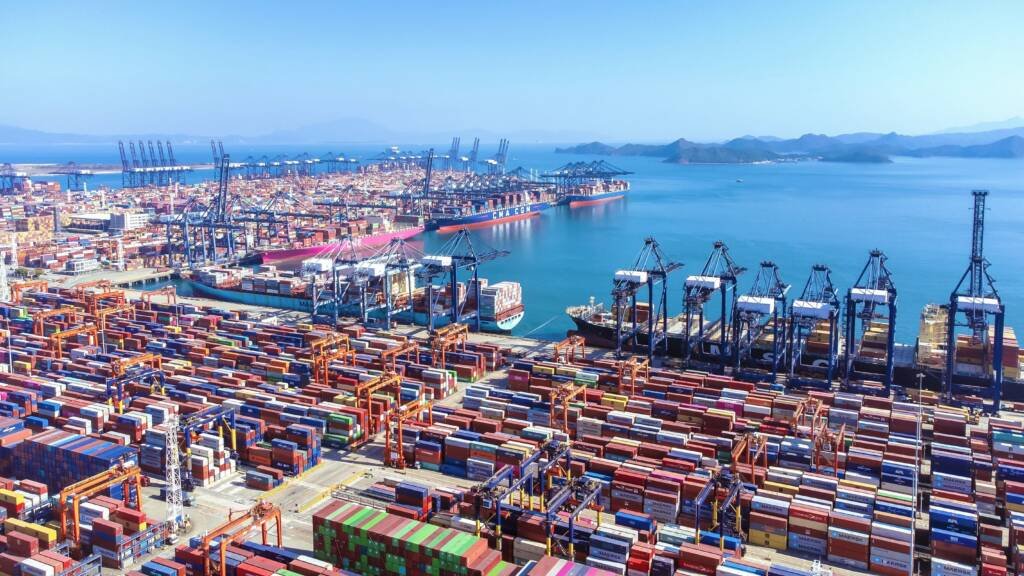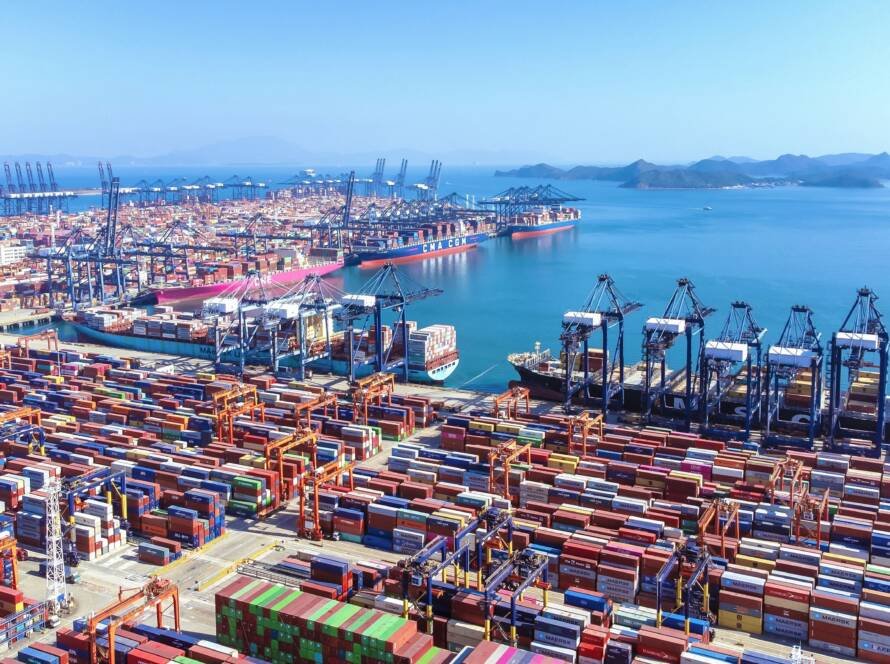Q In the shipping business, the loading capacity of the container directly affects the transportation cost and efficiency of the goods. Containers of different sizes, types and functions have different carrying capacities, so the loading capacity of each type needs to be carefully considered..
The weight that different types of containers can load
① 20-foot standard container: The maximum loading capacity is about 28 tons.
② 40-foot standard container: The maximum loading capacity is about 30 tons.
③ 45-foot standard container: The maximum loading capacity is about 33 tons.
④ 20-foot high cube container (High Cube): The maximum loading capacity is about 28 tons.
⑤ 40-foot high cube container (High Cube): The maximum loading capacity is about 30 tons.
⑥ 20-foot refrigerated container (Reefer): The maximum loading capacity is about 28 tons.
⑦ 40-foot refrigerated container (Reefer): The maximum loading capacity is about 30 tons.
⑧20-foot flat container (Flat Rack): The maximum loading capacity is about 28 tons.
⑨40-foot flat container (Flat Rack): The maximum loading capacity is about 30 tons.


Please note that the above data is for reference only. The actual maximum loading capacity may be affected by factors such as the volume, density, weight distribution of the cargo and the limitations of the container. During the actual loading process, it is recommended to verify and adjust according to the specific situation.
Door To Door Shipping Cargo Solutions From China To Anywhere In The World
How to quickly calculate the container loading capacity?
①Measure the cargo: First, measure the size (length, width, height) and weight of the cargo.
②Select the container specifications: Understand the specifications of the container you will use. Usually, there are two common sizes of 20 feet and 40 feet.
③Calculate the loading capacity: Calculate the container loading capacity based on the size and weight of the cargo and the specifications of the container. Usually in cubic meters or cubic feet.




